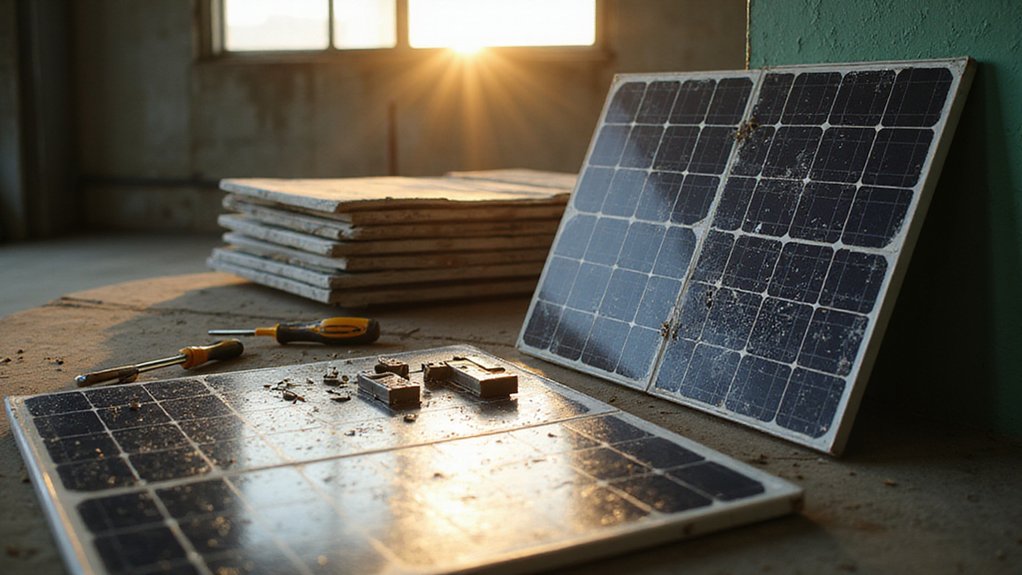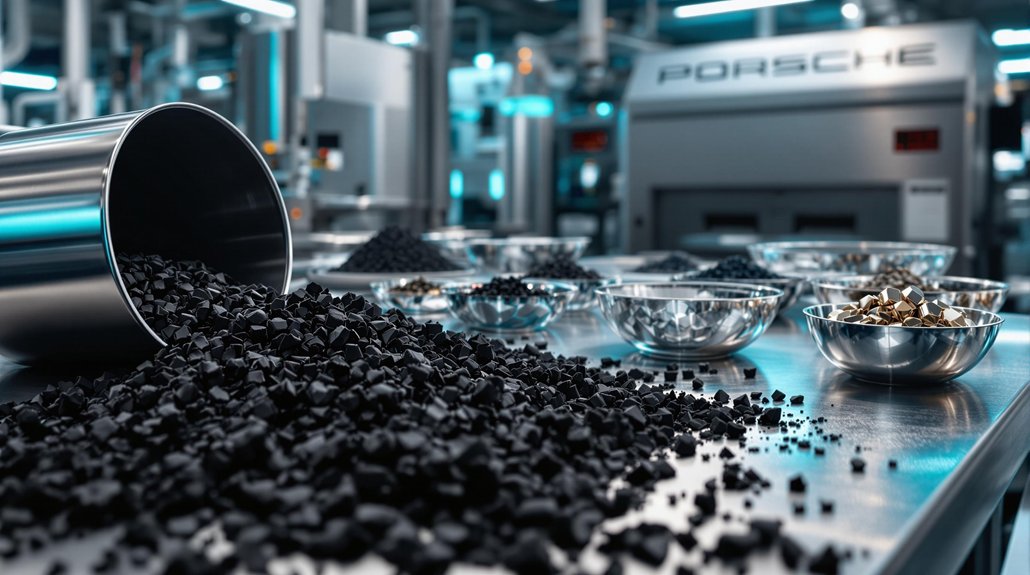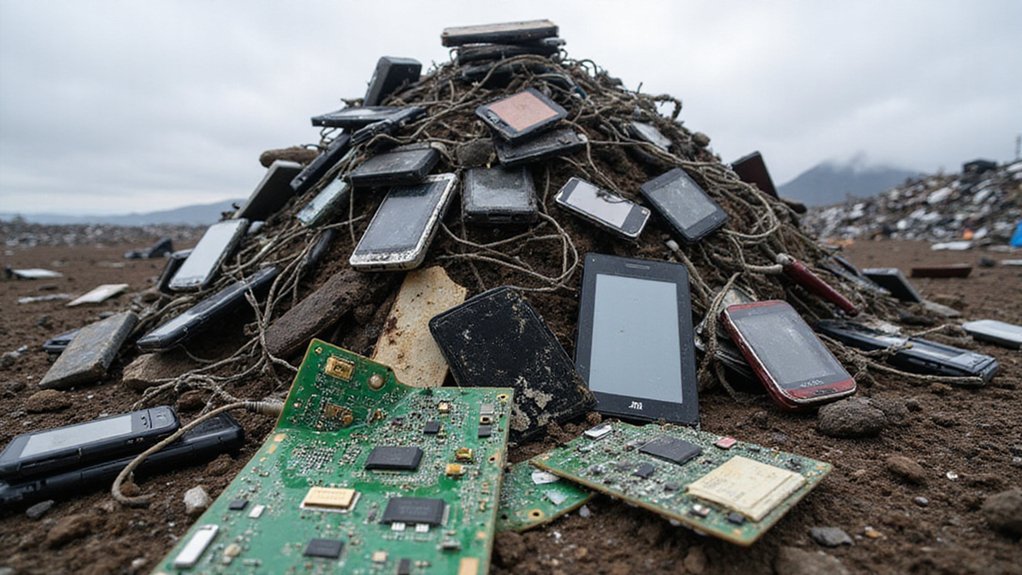Solar panels break. It’s a fact nobody wants to talk about when we’re all busy patting ourselves on the back for going green. But here’s the twist: fixing them makes way more sense than recycling them, and almost nobody’s doing it.
The math is simple. Repairing a busted panel costs less than recycling it. Way less. That’s because recycling solar panels is still a technological nightmare that nobody’s figured out how to scale. Meanwhile, most panels fail because of stupid, replaceable parts—inverters, junction boxes, connectors. The stuff you could swap out if anyone bothered to try.
Fixing broken solar panels costs way less than recycling them, but nobody’s doing it.
Here’s where it gets interesting. Fixed panels get sold at a discount, opening up solar power to people who couldn’t afford it before. That’s real market expansion, not some feel-good corporate initiative. Plus, every repaired panel is one less heading to a landfill where it’ll sit for decades, potentially leaking hazardous materials into the ground. Charming. This matters because 90% of expired panels currently end up in those same landfills, creating a massive waste problem nobody’s addressing.
The environmental case is even stronger. Extending a panel’s life means less mining for raw materials, less manufacturing, less everything that makes environmentalists cry into their organic coffee. Repair also sidesteps the current recycling mess, where processes aren’t optimized and infrastructure barely exists. We’re literally avoiding a problem by not creating it in the first place. If more people knew about geothermal alternatives, which operate with 99% fewer CO2 emissions than fossil fuels, they might diversify their renewable energy investments beyond just solar.
But the repair industry faces roadblocks. Component diagnostics are improving but still limited. Some damage, like severe cell degradation, can’t be fixed. Design for repairability? Not standard. Manufacturers didn’t plan for this because why would they? The scale of the problem becomes clearer when you realize we’re dealing with over 5 million installations in the U.S. alone, each with multiple panels that will eventually need attention.
The market potential is huge though. Repair shops create local jobs. Refurbished panels meet demand in emerging markets. The whole thing pushes manufacturers toward modular, serviceable designs. It’s capitalism accidentally doing something right.
Policy makers are missing the boat entirely. No strong incentives for repair. Extended Producer Responsibility schemes could change the game, making manufacturers care about product lifespan. Landfill bans would force the issue. But that requires political will, and we all know how that goes.
Until then, broken panels keep piling up while a perfectly good solution stares us in the face.
References
- https://www.energy.gov/eere/solar/articles/beyond-recycling-reducing-waste-solar-modules-theyre-even-made
- https://e360.yale.edu/features/solar-energy-panels-recycling
- https://earth911.com/eco-tech/the-state-of-solar-panel-recycling-in-the-u-s/
- https://www.bccresearch.com/market-research/energy-and-resources/solar-panel-recycling-market.html
- https://www.winssolutions.org/solar-panels-create-growing-recycling-crisis/









